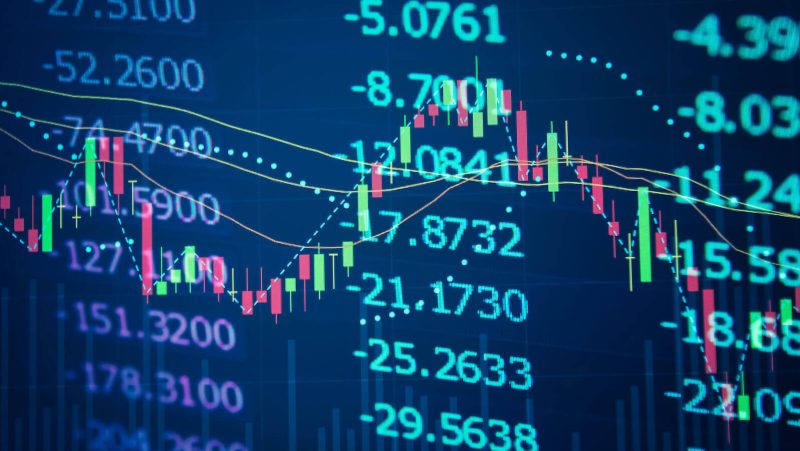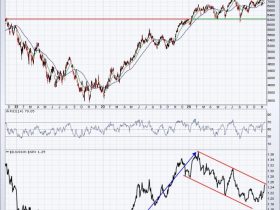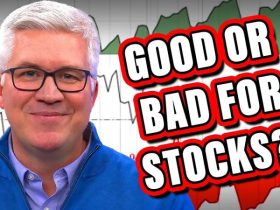In the fast-paced world of forex trading, one of the keys to success is the ability to profit even when major currency pairs like EUR/USD seem to be going sideways. Trading in a sideways market can be challenging, but with the right strategies and mindset, traders can still generate profits. By understanding the underlying factors driving the market and implementing effective trading techniques, traders can capitalize on opportunities and navigate through periods of minimal price movement.
### Supply and Demand Dynamics
One of the fundamental principles governing forex markets is the interplay between supply and demand. Even in a sideways market, there are fluctuations in supply and demand that can present trading opportunities. Understanding these dynamics can help traders identify potential entry and exit points in a range-bound market. By recognizing key support and resistance levels, traders can make informed decisions about when to buy or sell a currency pair.
### Range Trading Strategies
Range trading is a popular approach for trading in a sideways market. This strategy involves identifying the upper and lower boundaries of a price range and placing trades accordingly. By buying near support levels and selling near resistance levels, traders can profit from the price oscillations within the range. Range trading requires patience and discipline, as traders must wait for clear signals before entering a trade. Implementing risk management techniques, such as setting stop-loss orders and controlling position sizes, is essential to mitigate potential losses in range-bound markets.
### Volatility Indicators
While sideways markets are characterized by limited price movement, volatility can still play a role in determining trading opportunities. Volatility indicators, such as the Average True Range (ATR) or Bollinger Bands, can help traders gauge the level of market volatility and adjust their trading strategies accordingly. By monitoring volatility indicators, traders can adapt to changing market conditions and potentially capitalize on short-term price fluctuations within a sideways market.
### News and Economic Events
Although a sideways market may lack significant directional movement, news events and economic data releases can still influence currency prices. Traders should stay informed about upcoming announcements that could impact the market, such as Central Bank decisions, economic indicators, or geopolitical developments. By keeping abreast of relevant news events, traders can anticipate potential market reactions and position themselves accordingly. However, traders should exercise caution when trading around news events, as increased volatility and sudden price movements can lead to unexpected outcomes.
### Patience and Discipline
Patience and discipline are crucial traits for successful trading in a sideways market. Traders must resist the temptation to force trades in the absence of clear opportunities. By waiting for favorable setups and adhering to their trading plan, traders can avoid impulsive decisions and maintain consistency in their approach. Developing a robust trading strategy with defined entry and exit rules, as well as risk management guidelines, is essential for navigating through periods of low volatility and uncertainty.
In conclusion, while trading in a sideways market can be challenging, it also presents opportunities for savvy traders to generate profits. By understanding supply and demand dynamics, utilizing range trading strategies, monitoring volatility indicators, staying informed about news events, and practicing patience and discipline, traders can navigate through range-bound markets effectively. Adapting to changing market conditions and implementing sound trading practices are key to success in forex trading, regardless of whether EUR/USD is going nowhere.











